Some animals just have that confusing sibling energy.
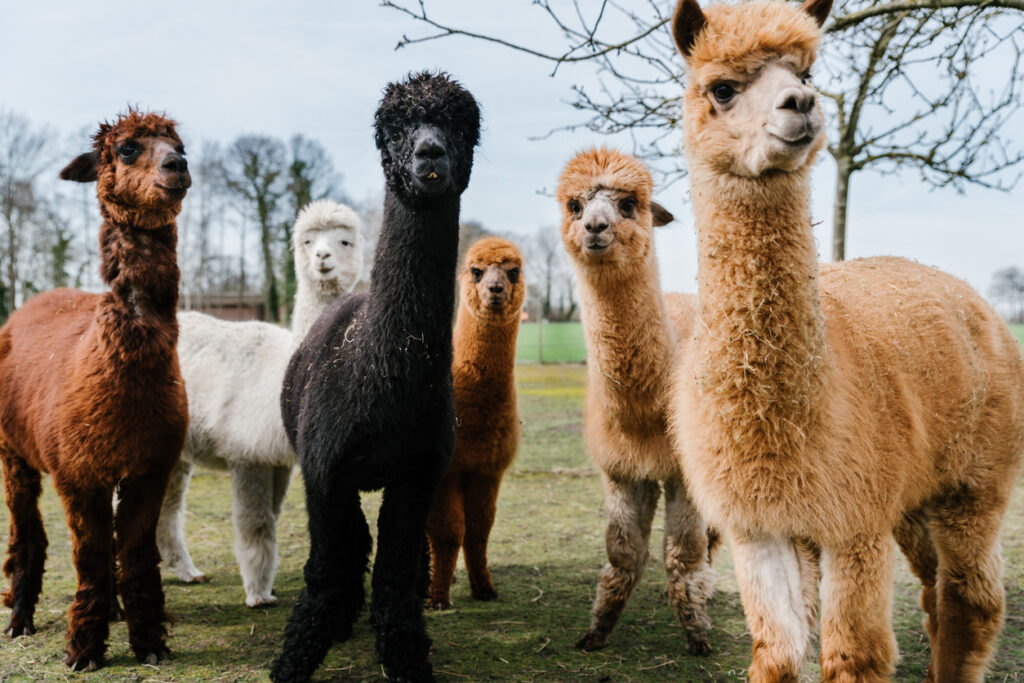
They look incredibly similar, live in the same environments, and unless you’re a wildlife expert (or a David Attenborough superfan), it’s easy to get them completely mixed up. Whether it’s a fluffy woodland critter or something you’ve only ever seen on a nature documentary, these are the animal duos that constantly confuse people. Here are some lookalikes you’ve probably mistaken for each other at least once.
1. Seal vs sea lion

They both bark, sunbathe on rocks, and flop around on beaches, but there’s one main giveaway: sea lions have visible external ears and can rotate their back flippers to “walk” on land. Seals can’t do that; they wriggle like chubby sausages. Also, sea lions tend to be more vocal and social, while seals are quieter and prefer a bit more personal space. Next time you’re watching a wildlife doc, check the ears—they’re the easiest clue.
2. Alligator vs crocodile
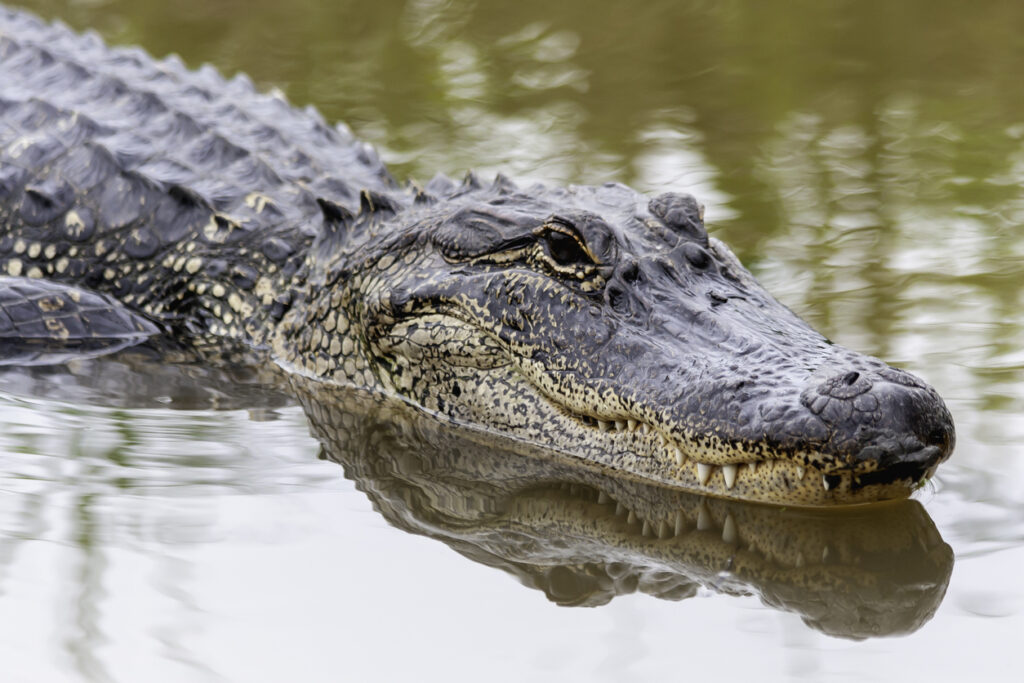
People use the words interchangeably, but they’re two different species with different vibes. Alligators have broad, U-shaped snouts and are mostly found in freshwater areas like swamps and rivers (especially in the US). Crocodiles have longer, V-shaped snouts and can handle saltwater too. If you ever spot one and its teeth are sticking out even when its mouth is closed, that’s a crocodile. Alligators keep their bottom teeth tucked away. Either way, best to admire from a safe distance.
3. Moth vs butterfly
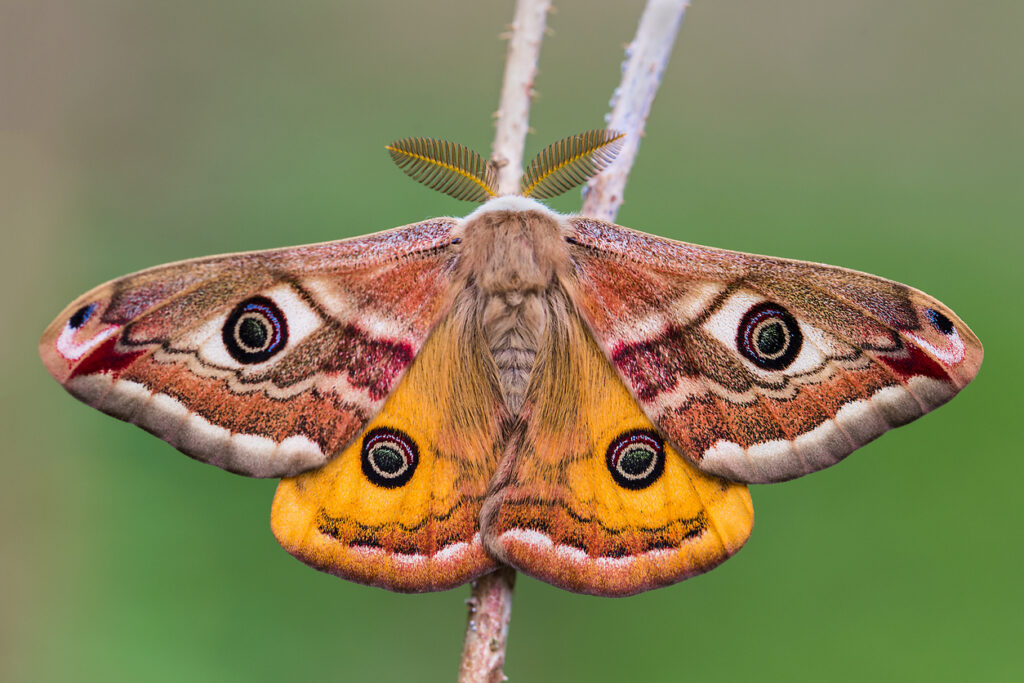
This one gets everyone at some point. The easiest way to tell them apart? Butterflies usually rest with their wings closed, standing upright, while moths tend to rest with their wings spread flat. Also, butterflies are more active during the day, and moths usually take the night shift. If it’s flapping around your garden in broad daylight and has clubbed antennae, it’s most likely a butterfly.
4. Hare vs rabbit
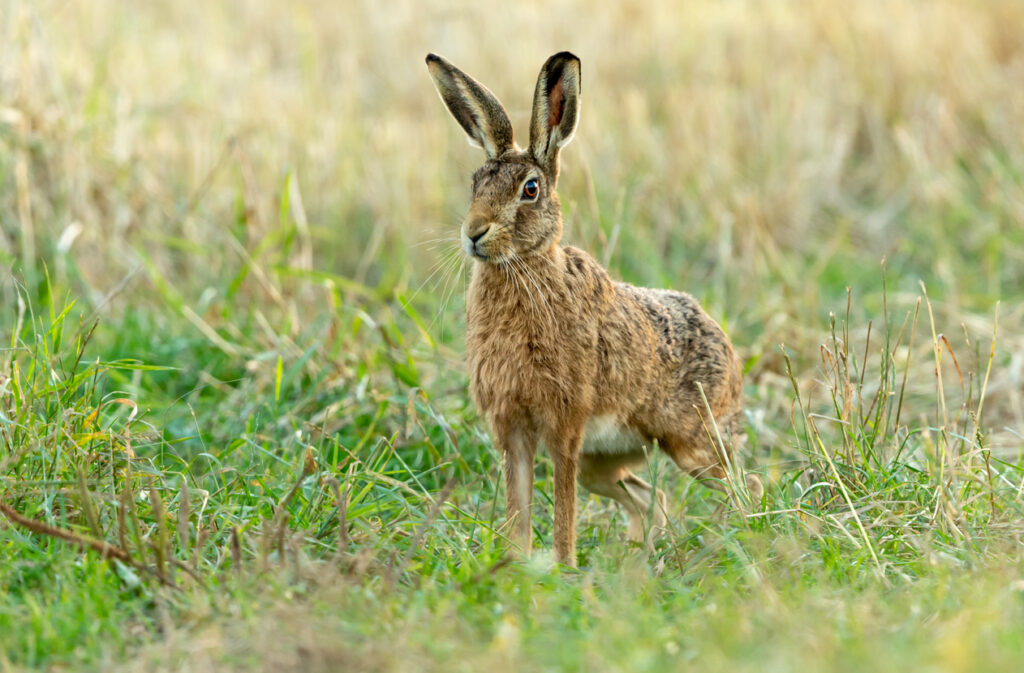
They both hop and eat carrots (sort of), but hares are leaner, longer-legged, and much faster. They’re built for speed and tend to live above ground in open fields, while rabbits prefer underground burrows. Baby hares (leverets) are born fully furred and with open eyes, ready to run. Baby rabbits (kits) are born hairless and helpless. So while they look similar, hares are basically the sprinters of the family.
5. Frog vs toad
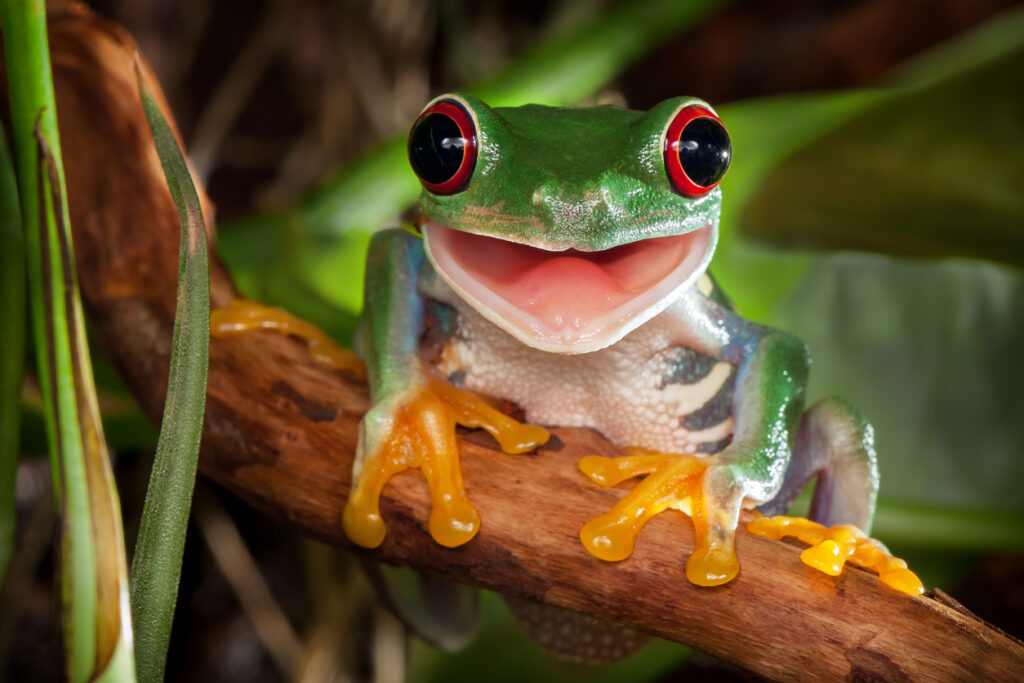
Frogs tend to have smooth, moist skin and long legs for jumping. Toads, on the other hand, are usually bumpy, dry-skinned, and more into slow, deliberate crawling than high-flying hops. You’ll usually find frogs closer to water, while toads can wander much further away without drying out. If it looks like it’s auditioning for a fairy tale, it’s probably a frog. If it looks like it just woke up from a mud nap, it’s probably a toad.
6. Alpaca vs llama
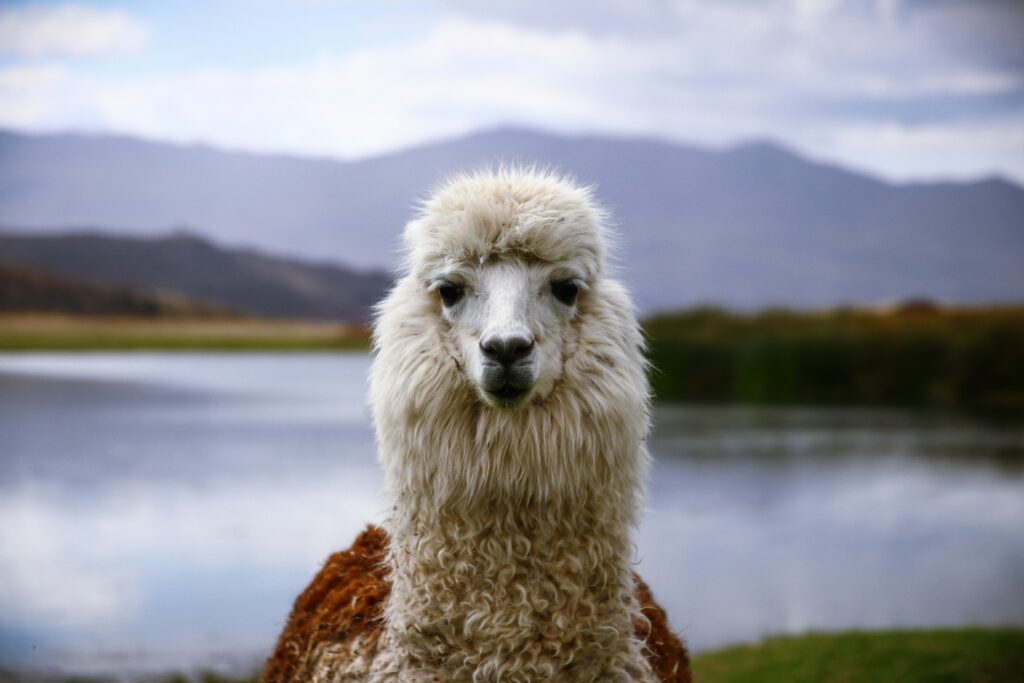
Both are fluffy, expressive, and prone to spitting when annoyed, but alpacas are smaller and softer, bred mainly for their wool. Llamas are taller, stockier, and often used as pack animals in South America. Alpacas also have shorter, blunter faces and look a bit like oversized plush toys. Llamas have longer faces and bigger personalities, and they know it. You’ll spot the difference once you’re close enough to see the side-eye.
7. Crow vs raven
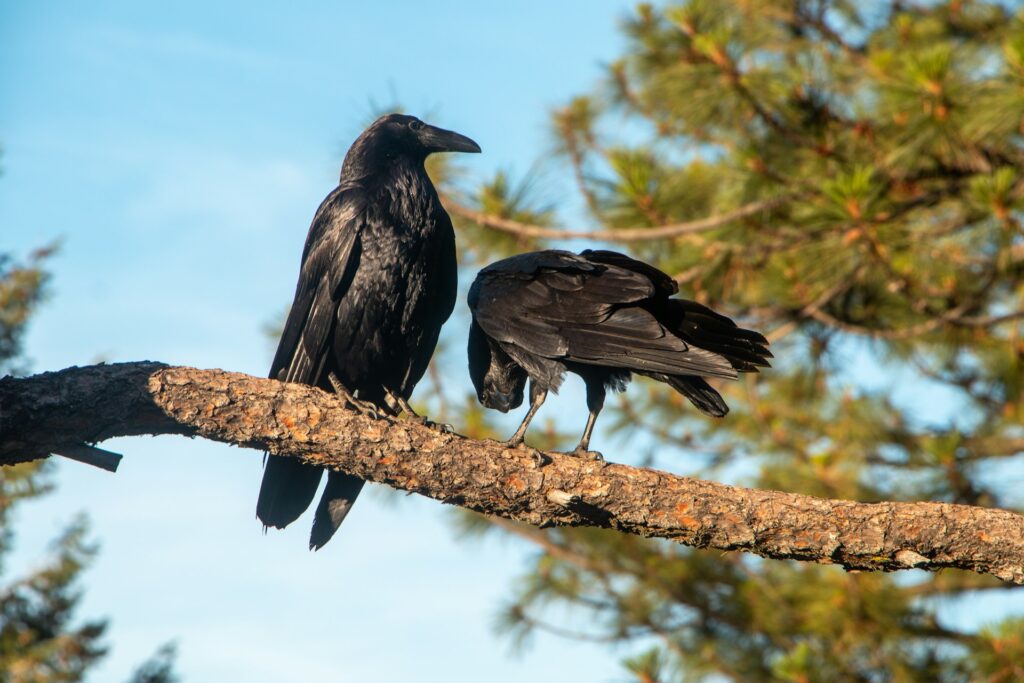
Crows are smart; ravens are even smarter. However, the difference isn’t just intelligence. Ravens are noticeably bigger, with thicker beaks and a deeper, throatier call that sounds more like a croak than a caw. Ravens also have shaggy feathers around their necks and wedge-shaped tails when they fly, compared to the fan-shaped tails of crows. If it sounds like a bird trying to growl at you, it’s probably a raven.
8. Mouse vs shrew
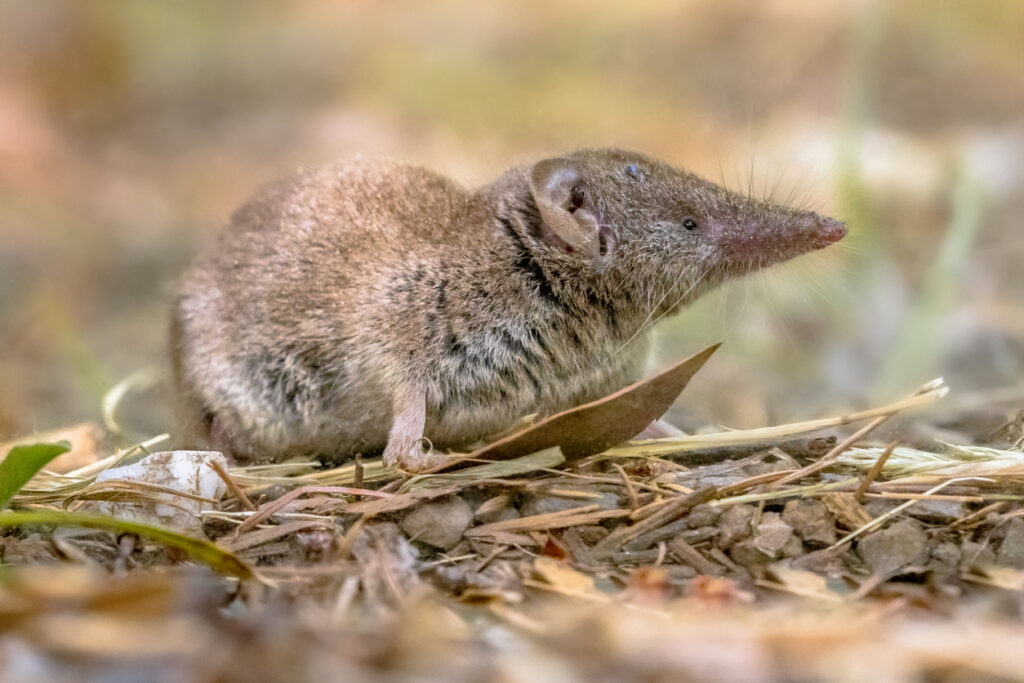
They’re both tiny and quick, but shrews aren’t rodents like mice. They belong to a completely different group of mammals. Shrews have pointier noses, shorter tails, and incredibly fast metabolisms that make them constantly jittery and twitchy. Mice have bigger eyes and ears and are generally more social and less frantic. If it darts out like it’s being chased by time itself, it’s probably a shrew.
9. Leopard vs cheetah

Both are big spotted cats, but cheetahs are built like track athletes—long legs, small heads, and deep chests built for speed. Leopards are more muscular and better climbers, often seen lounging in trees. Also, cheetahs have distinctive black “tear marks” running from their eyes down their cheeks, which help reduce glare. Leopards don’t have these, and their spots are more rosette-shaped than solid. It’s all in the details.
10. Antelope vs gazelle
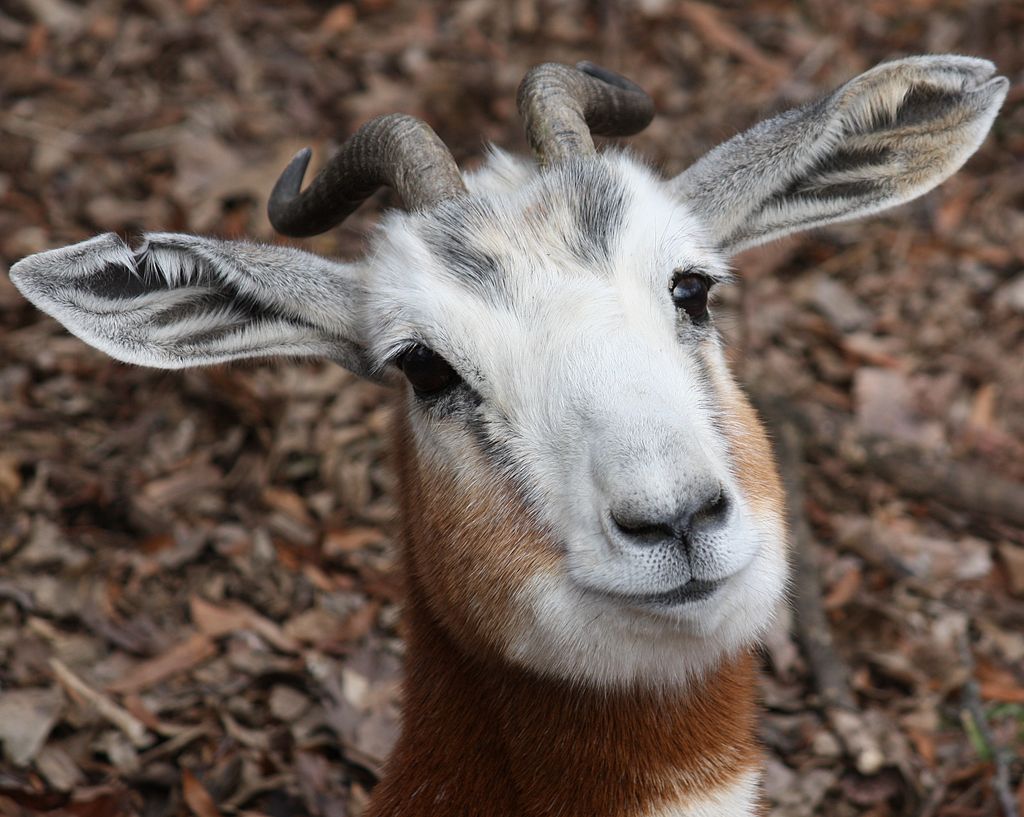
Technically, gazelles are a type of antelope, but not all antelopes are gazelles. Gazelles are usually smaller and faster, built for outrunning predators in short bursts across the plains. Antelopes as a group are more diverse, ranging from tiny duikers to hefty elands. If you’re looking at something sleek, nimble, and probably sprinting in slow-motion on a documentary, it’s likely a gazelle.
11. Turtle vs tortoise
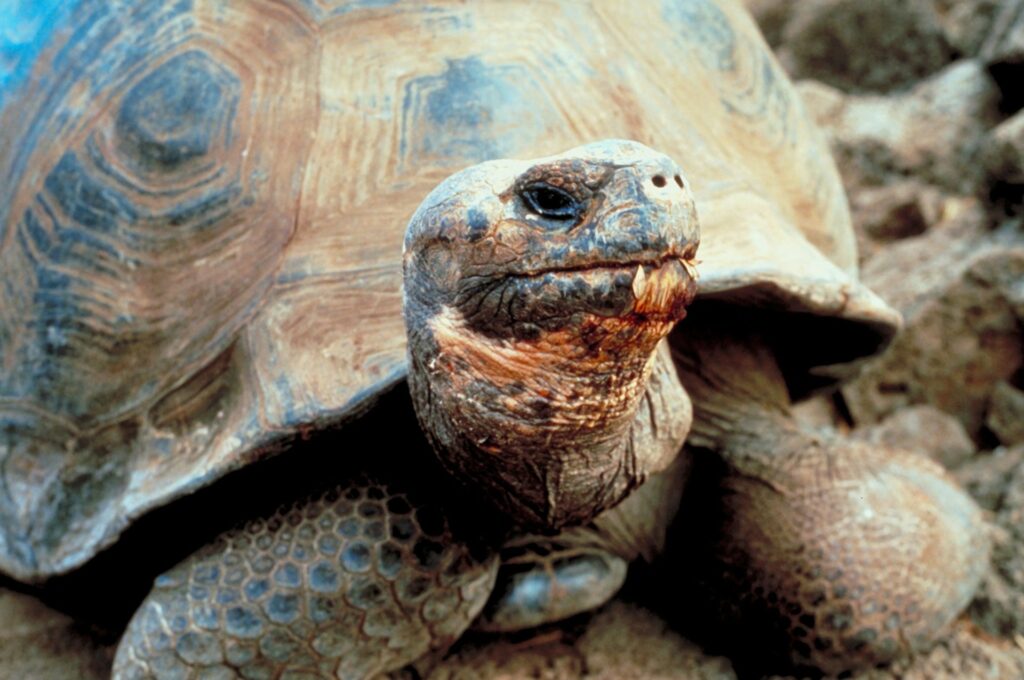
Turtles live in water. Tortoises live on land. That’s the basic rule, but their body shapes reflect that too. Turtles have flatter, streamlined shells and webbed feet for swimming. Tortoises have dome-shaped shells and stumpy, elephant-like legs for walking on solid ground. So if you see one soaking up the sun on a log or gliding through a pond, it’s a turtle. If it’s slowly crossing a garden like it’s got nowhere to be, that’s your tortoise.
12. Red panda vs raccoon
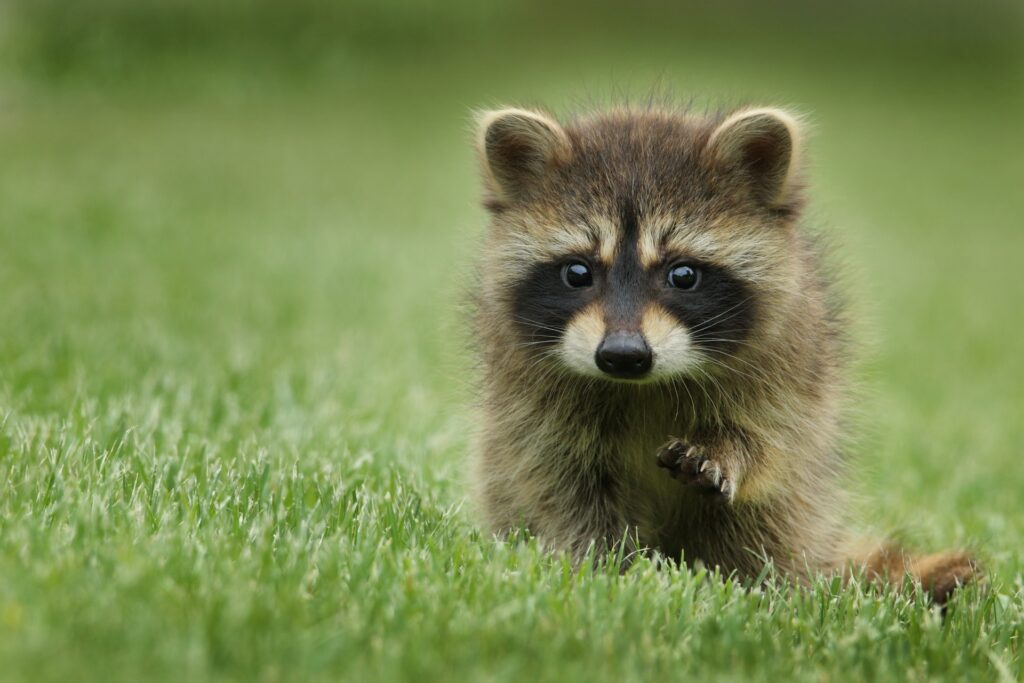
They both have ringed tails and masked faces, but red pandas are more closely related to skunks and weasels than to raccoons. They also have thick reddish fur, a waddling walk, and a mostly vegetarian diet of bamboo. Raccoons are nocturnal scavengers with a broader diet and a whole lot more mischief in their eyes. If it’s climbing bins, it’s a raccoon. If it’s calmly eating bamboo and minding its business, it’s a red panda.